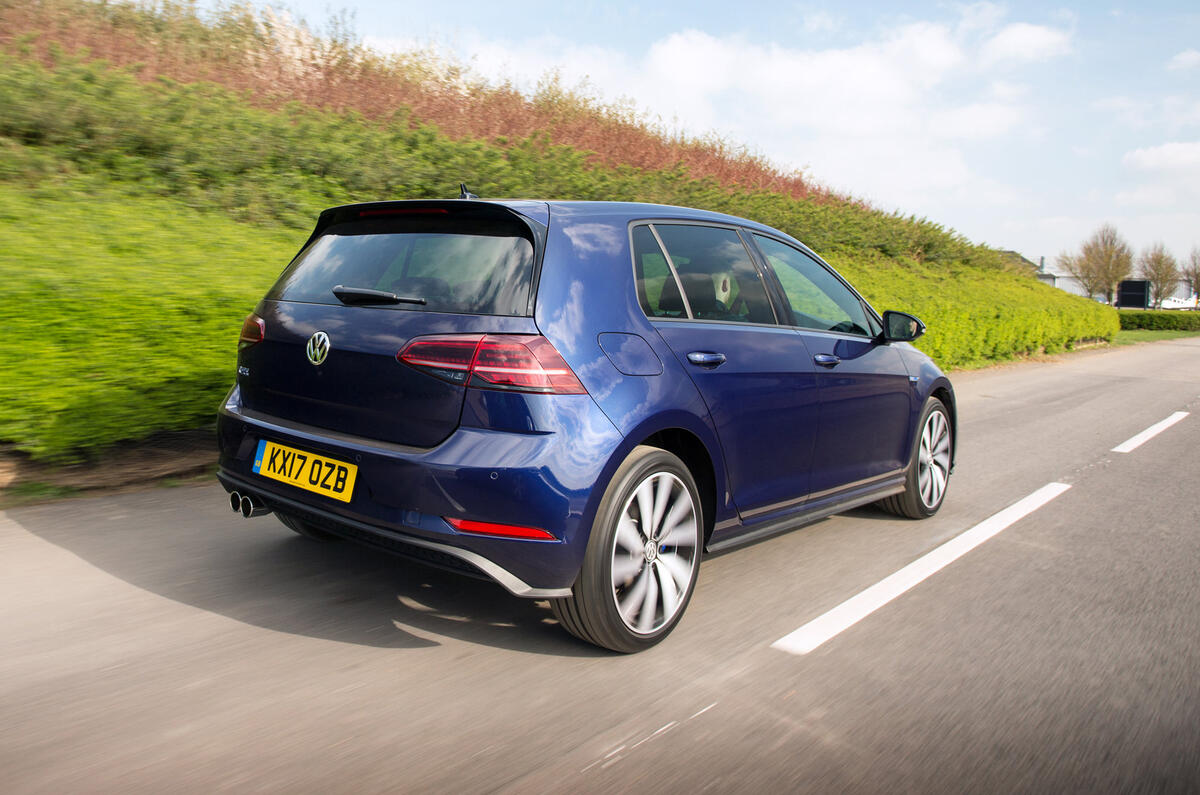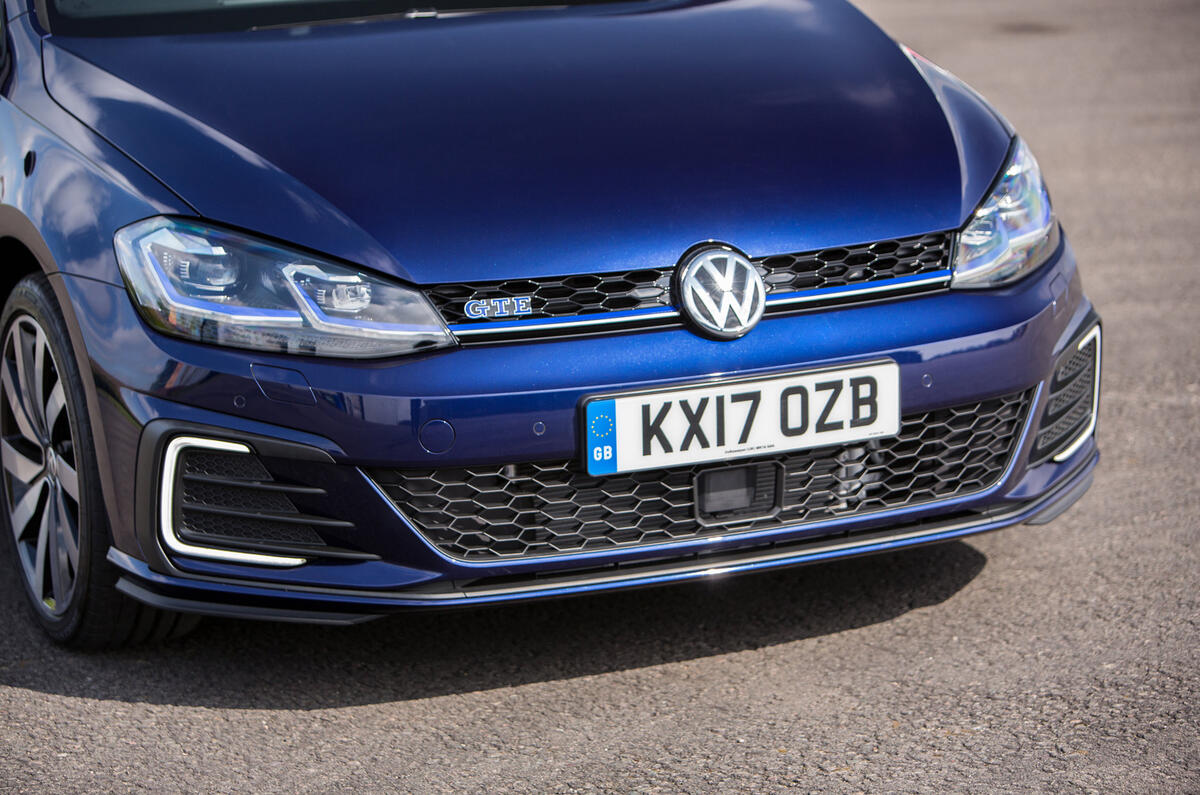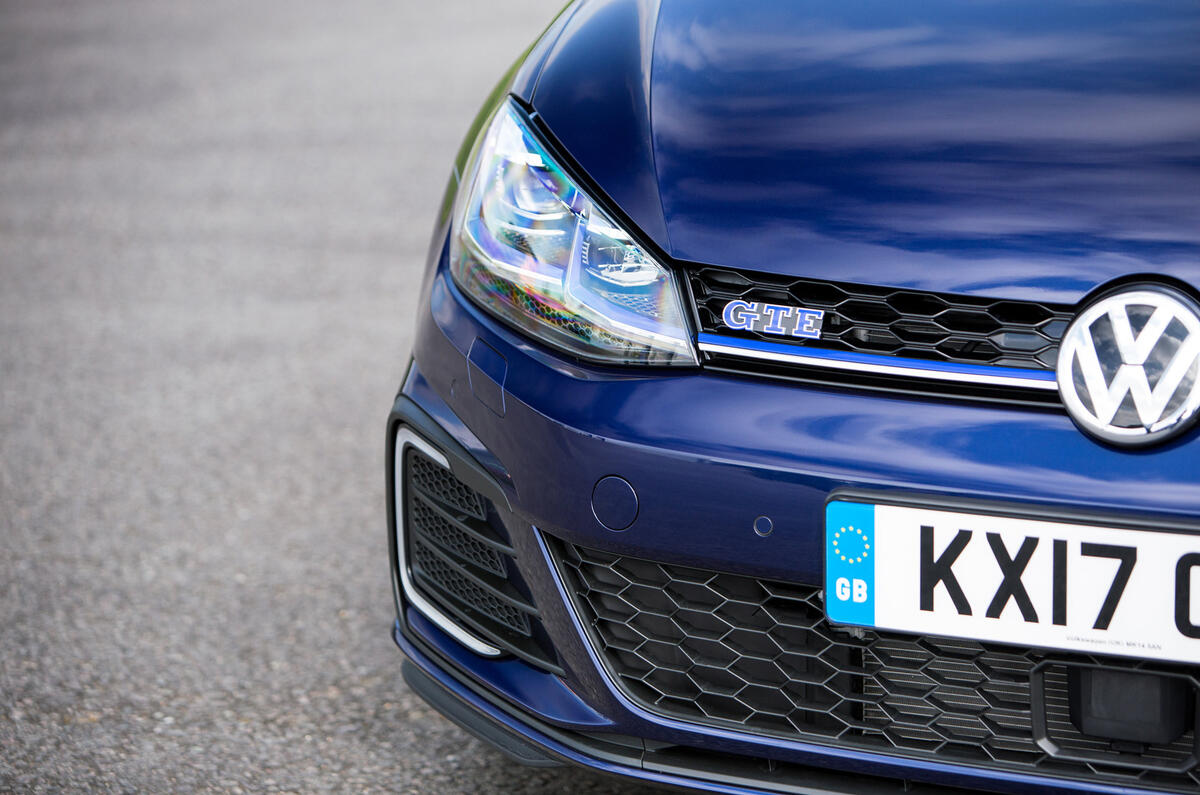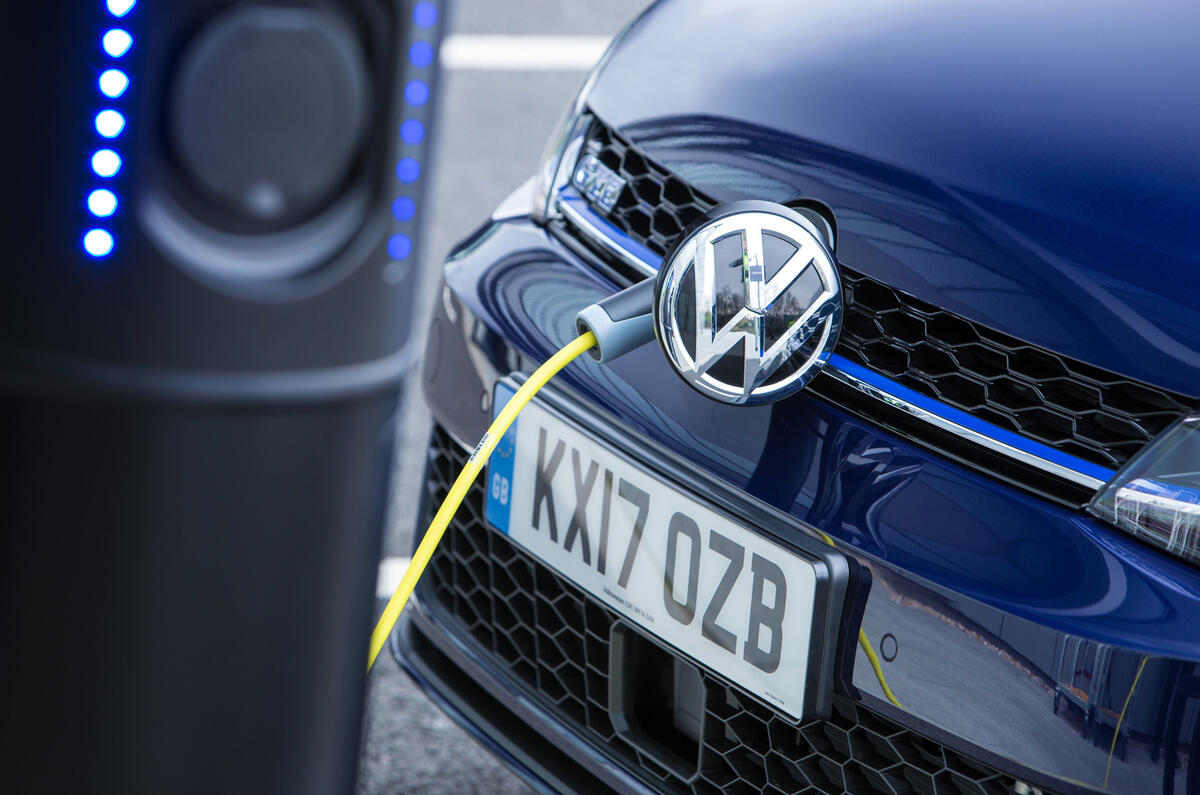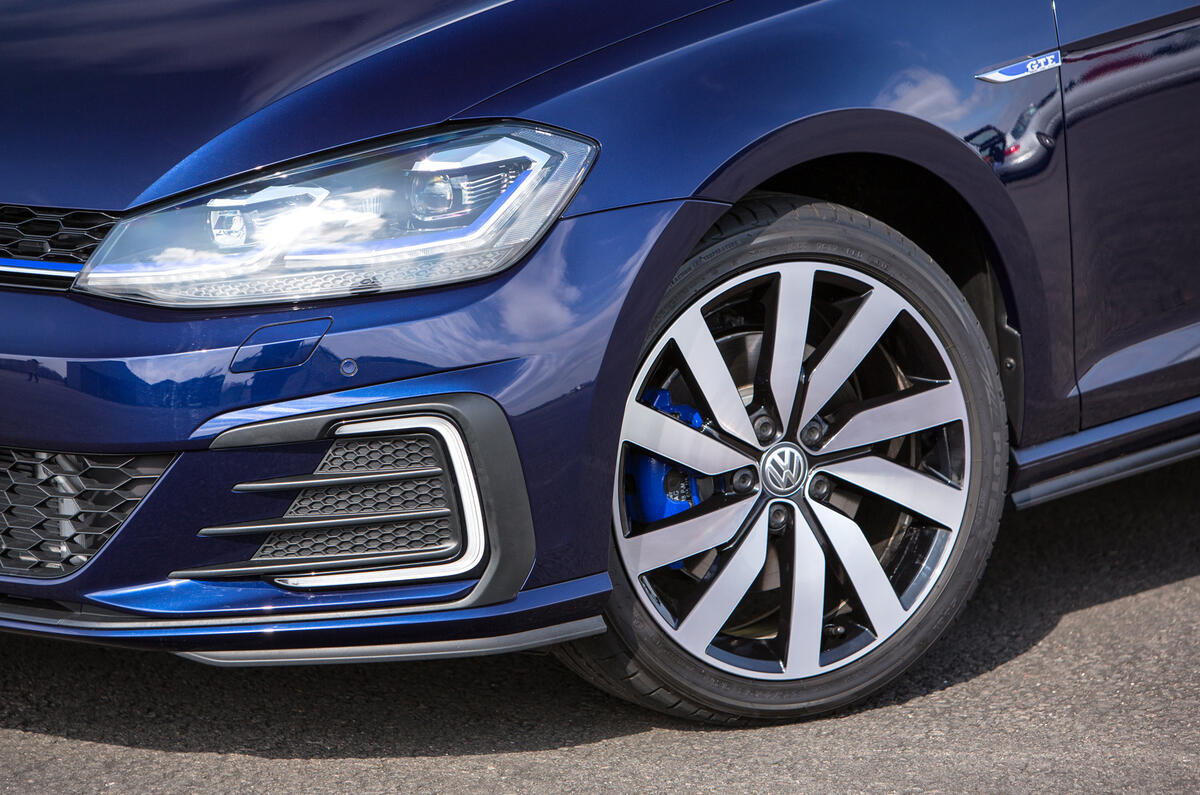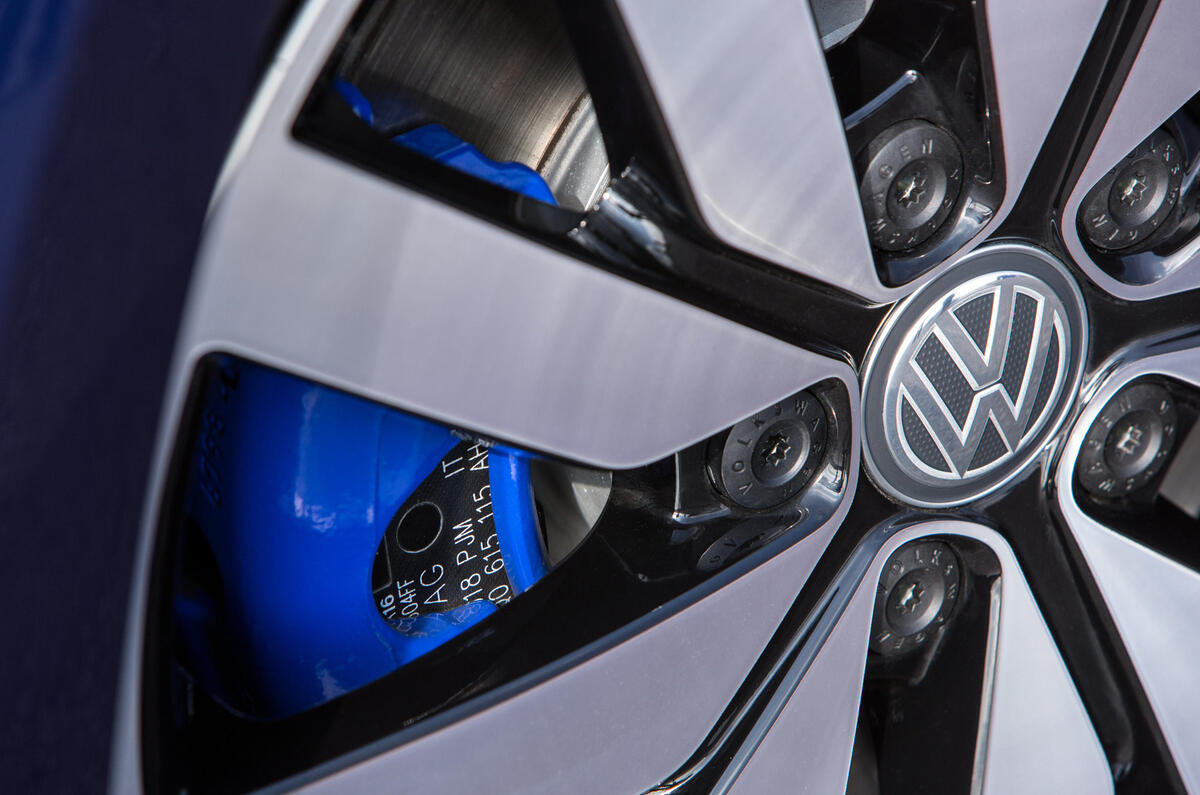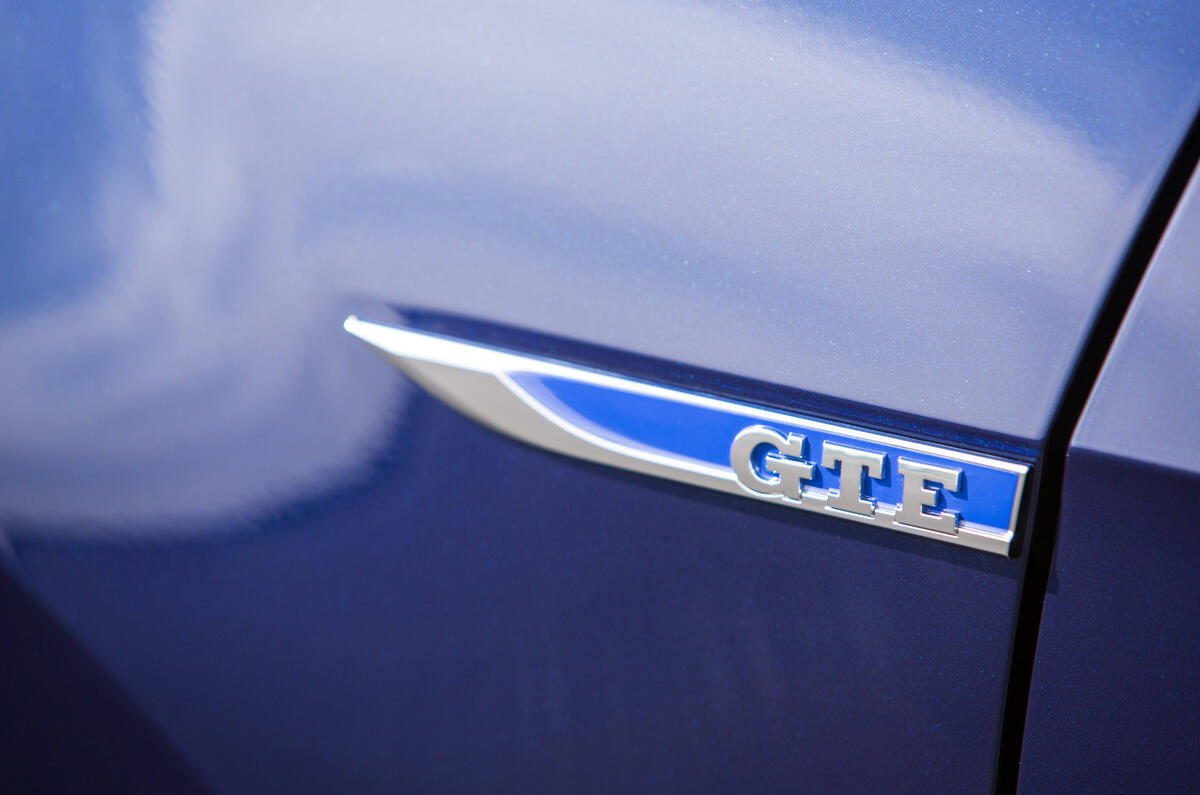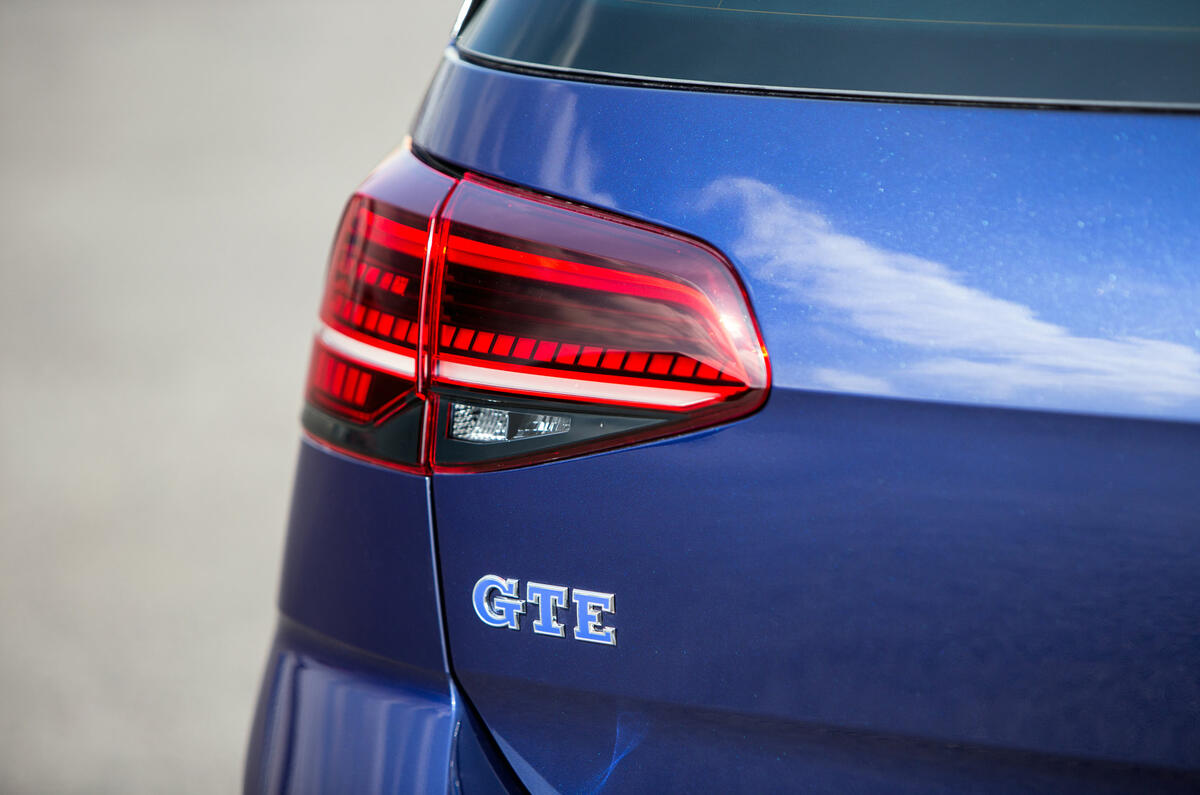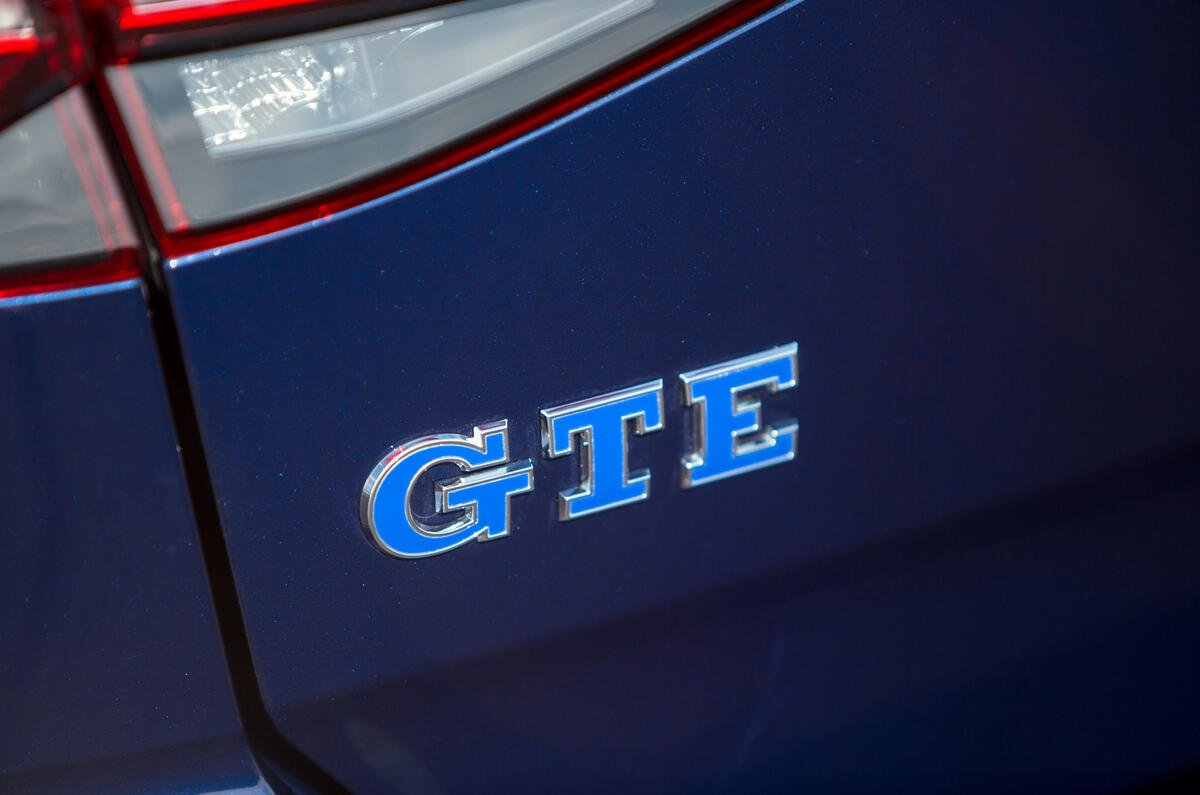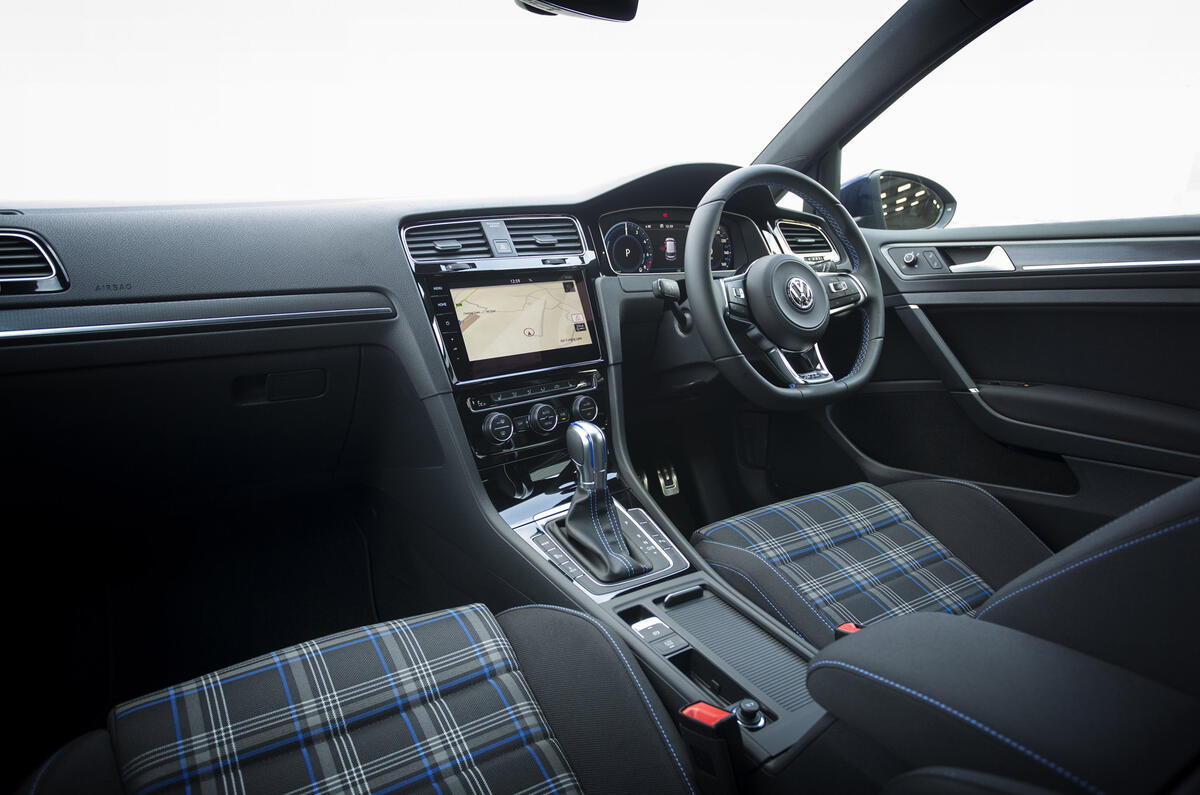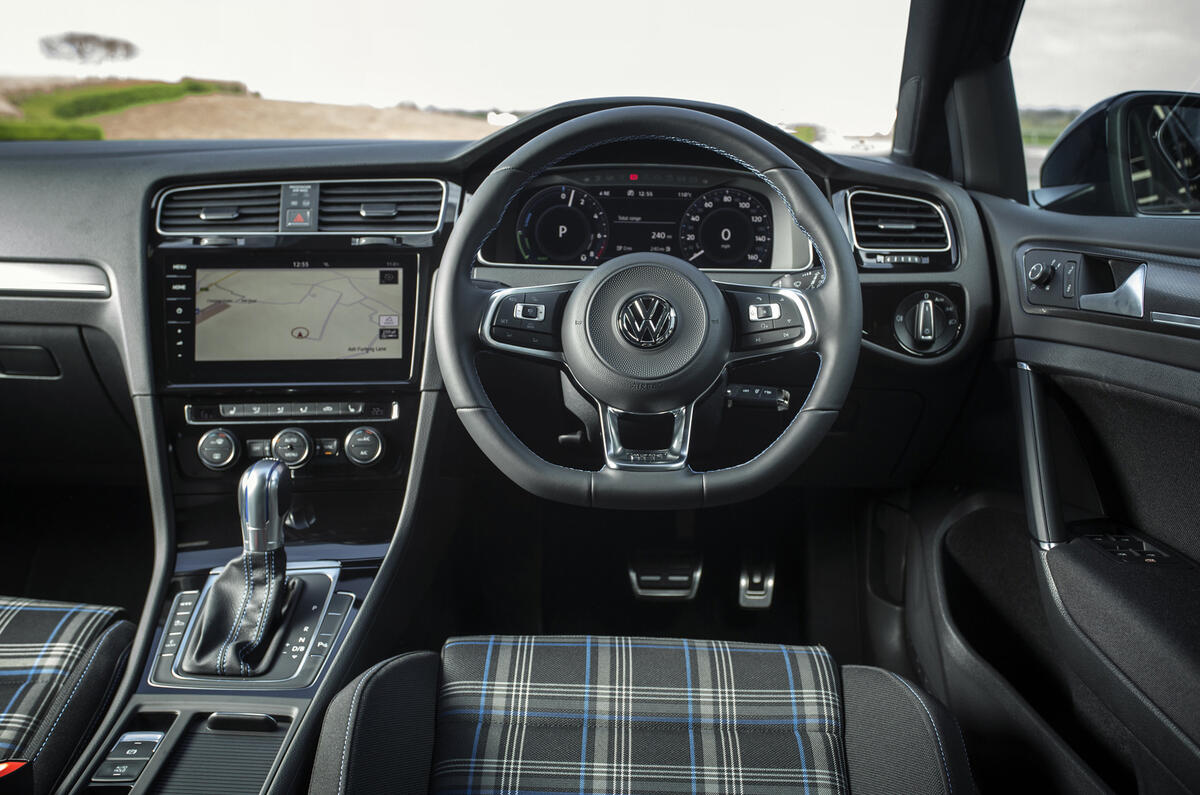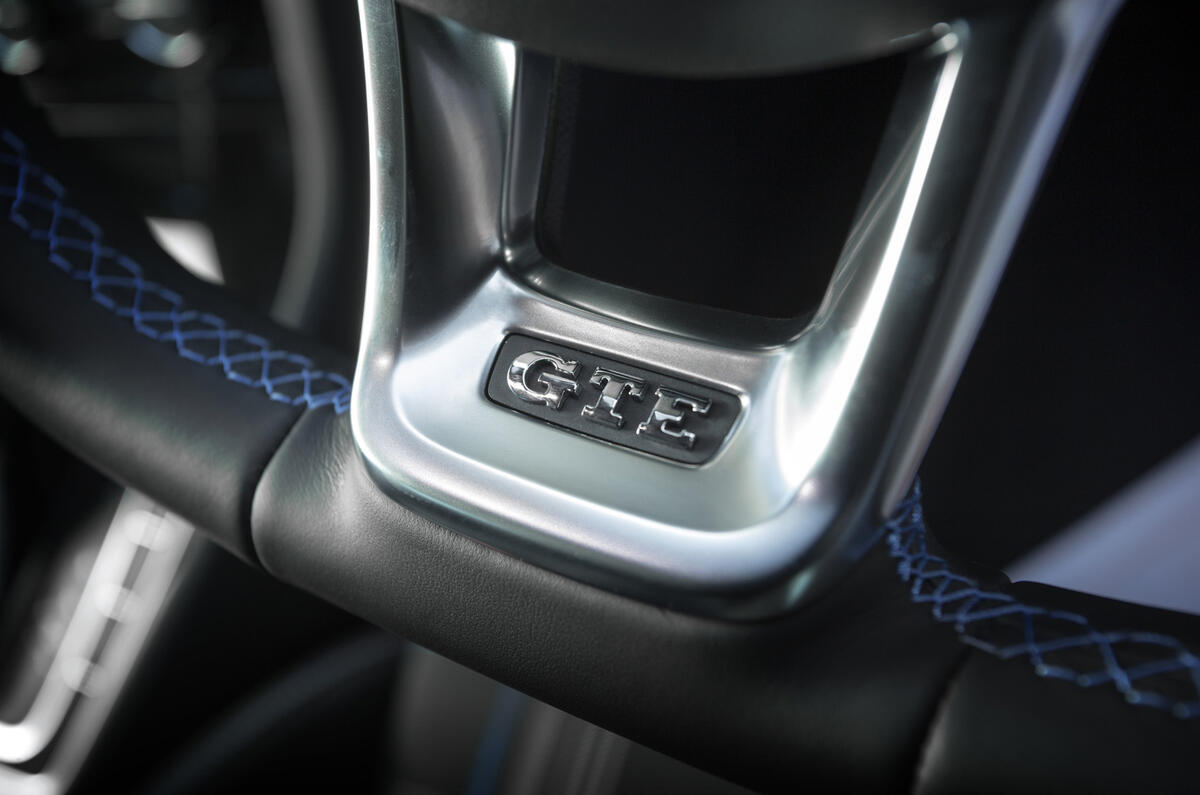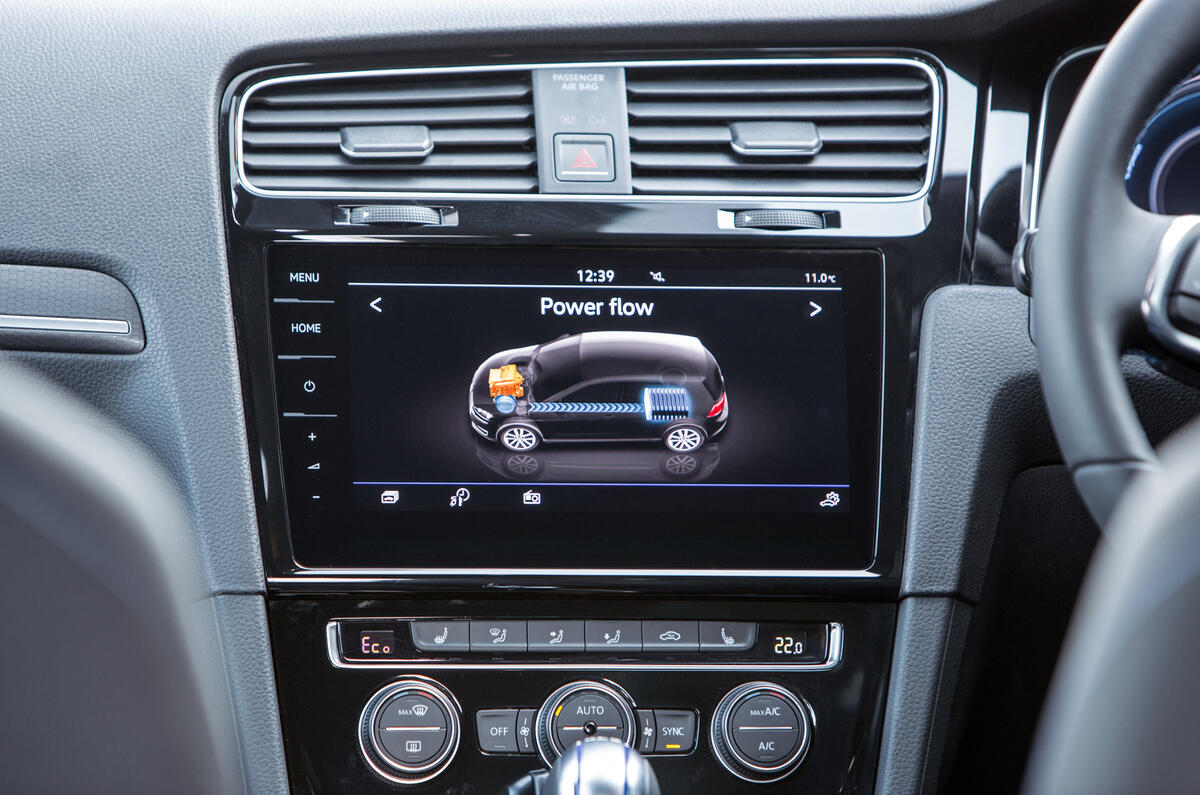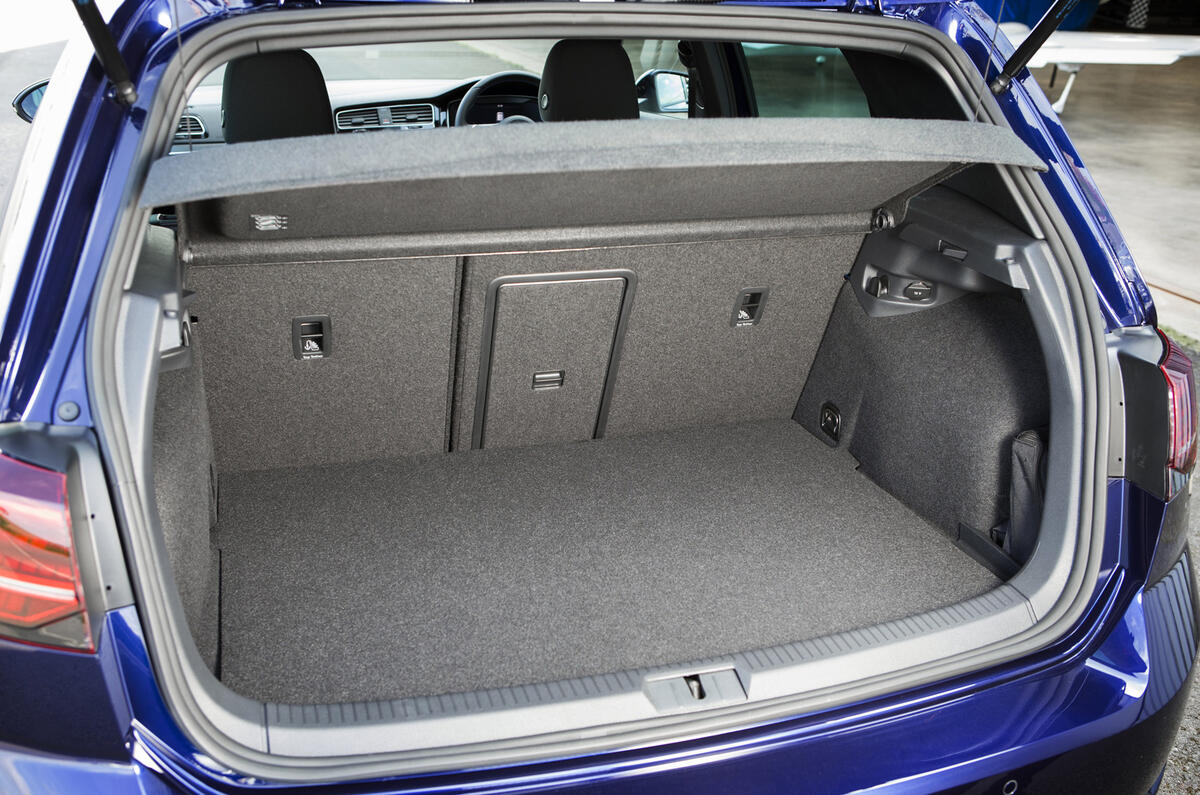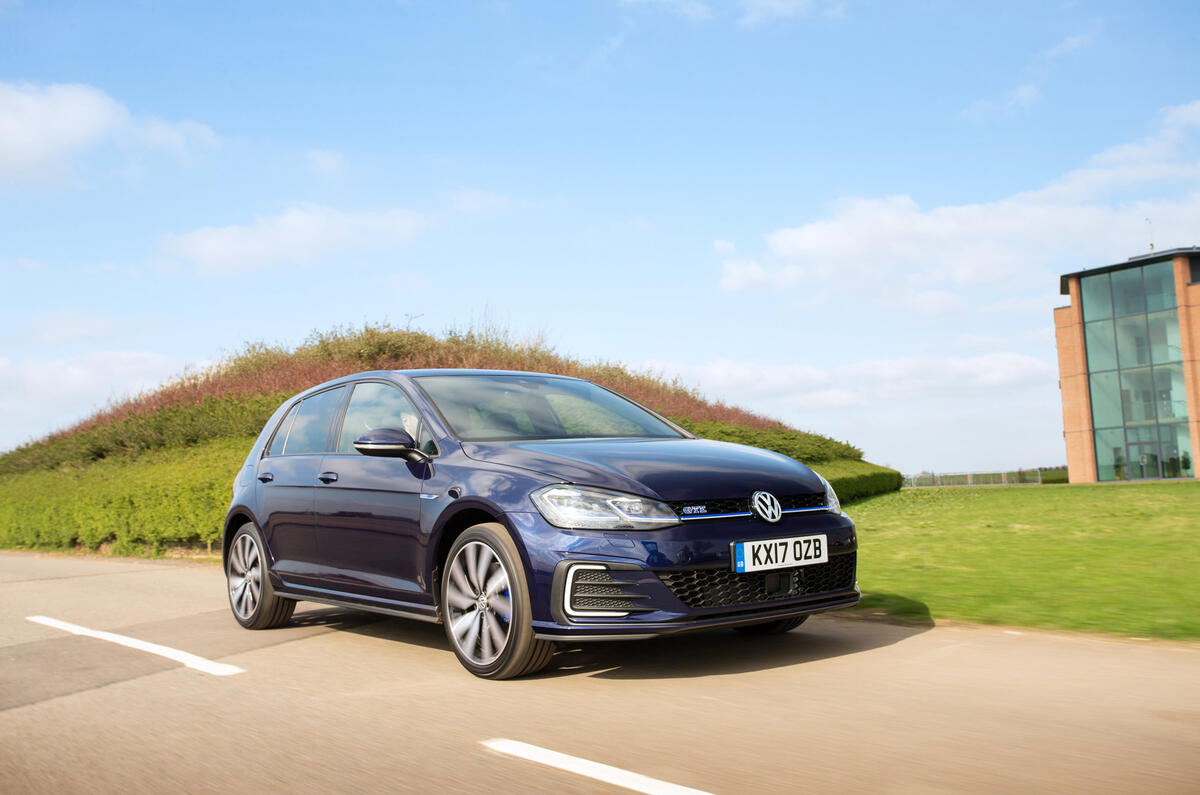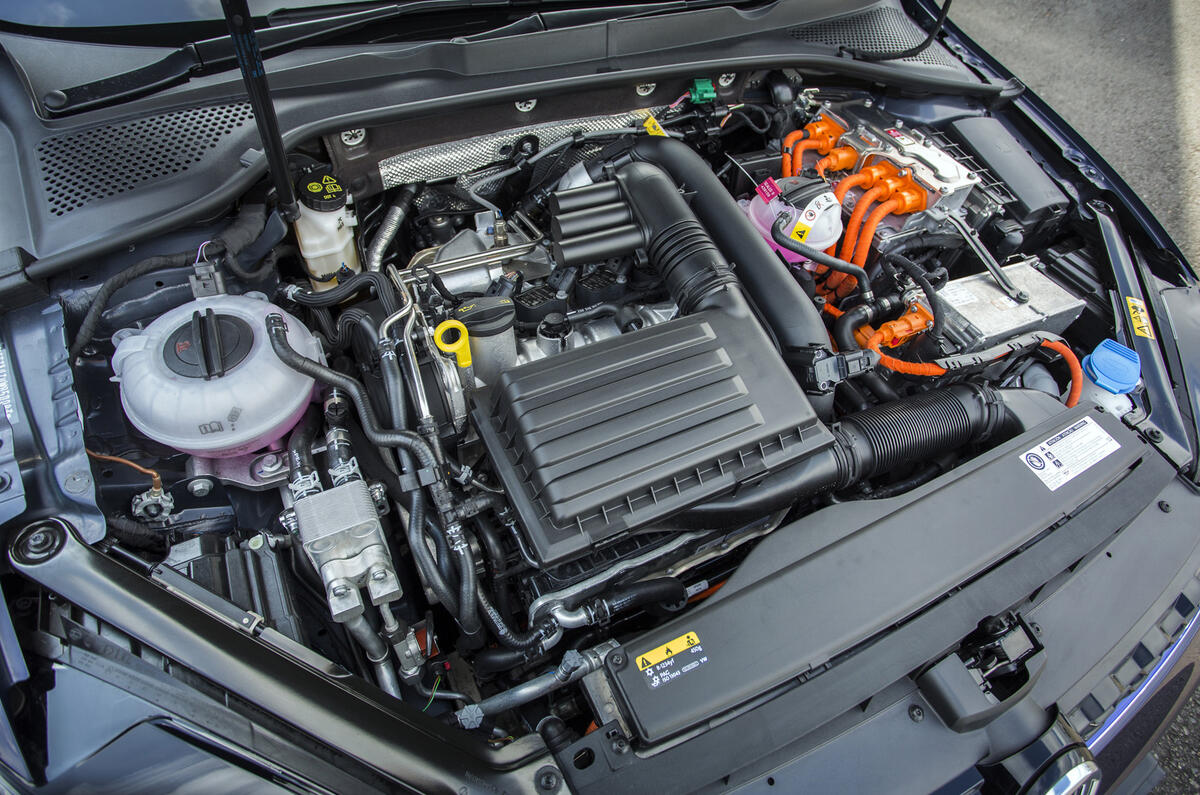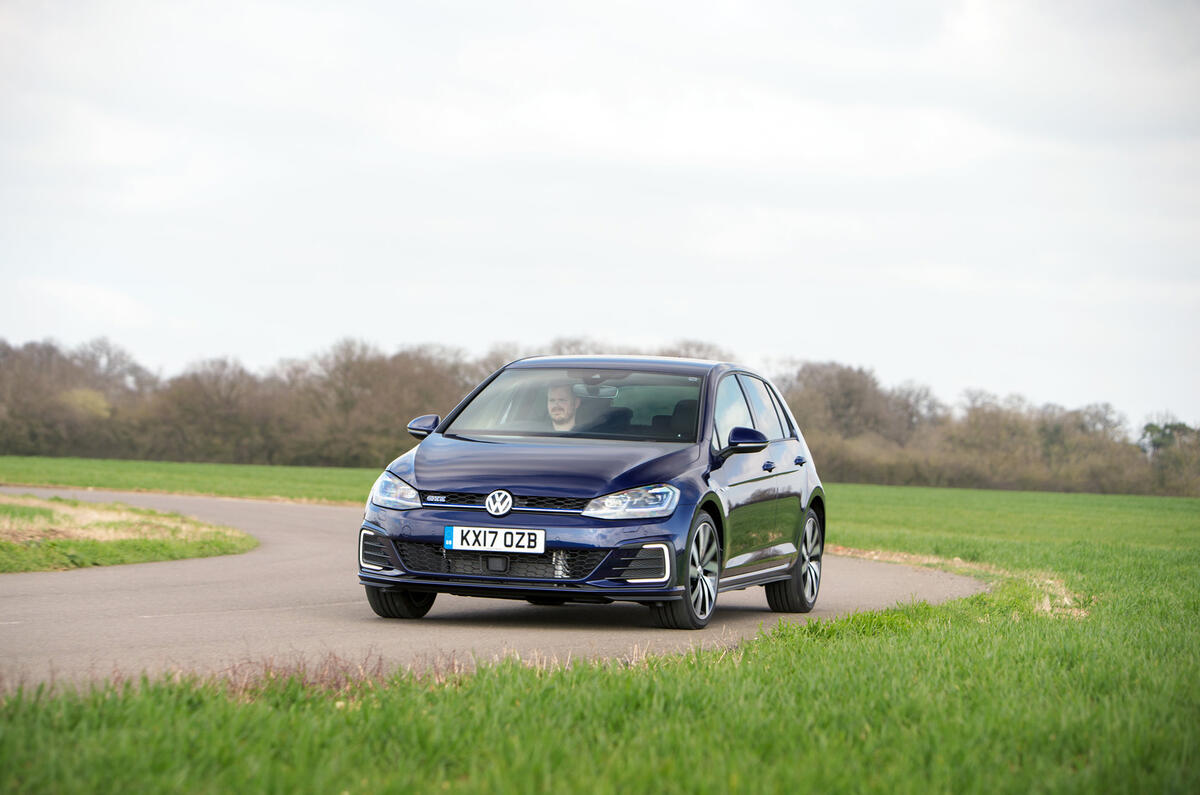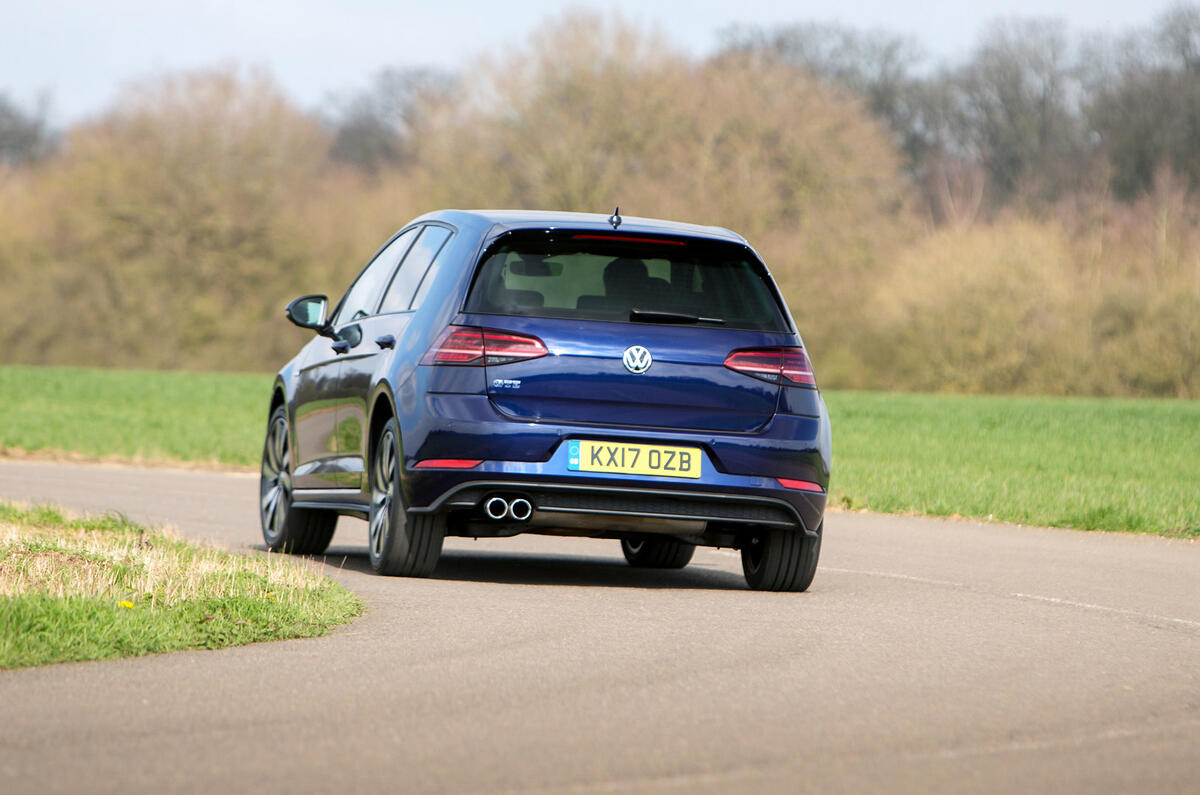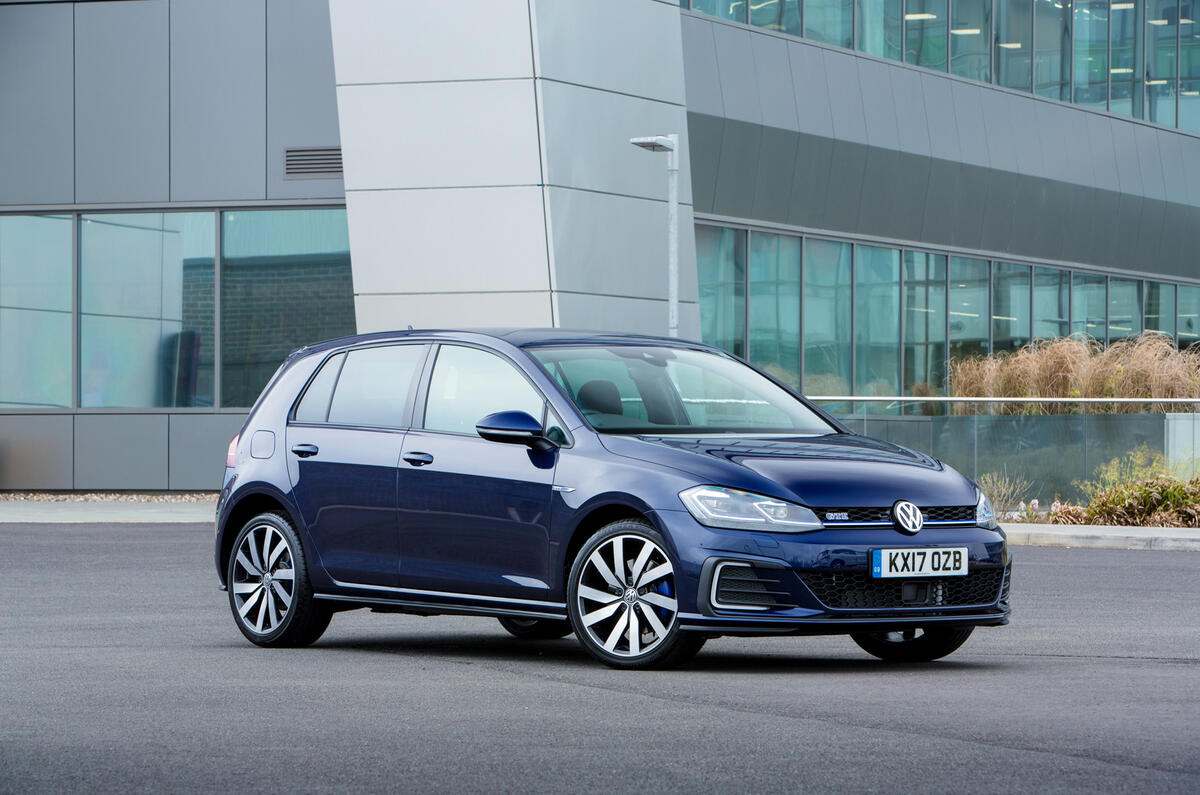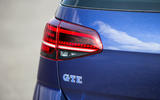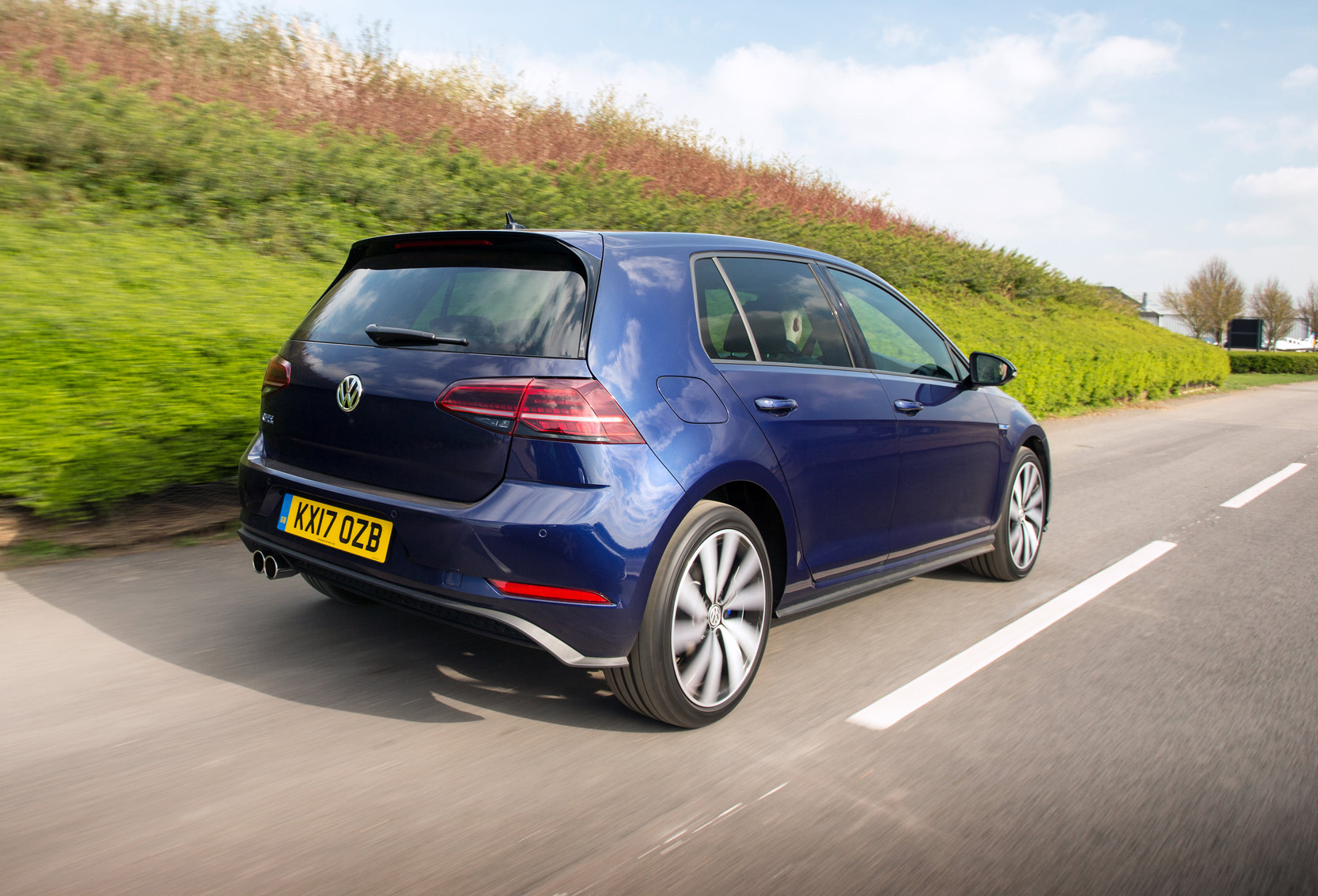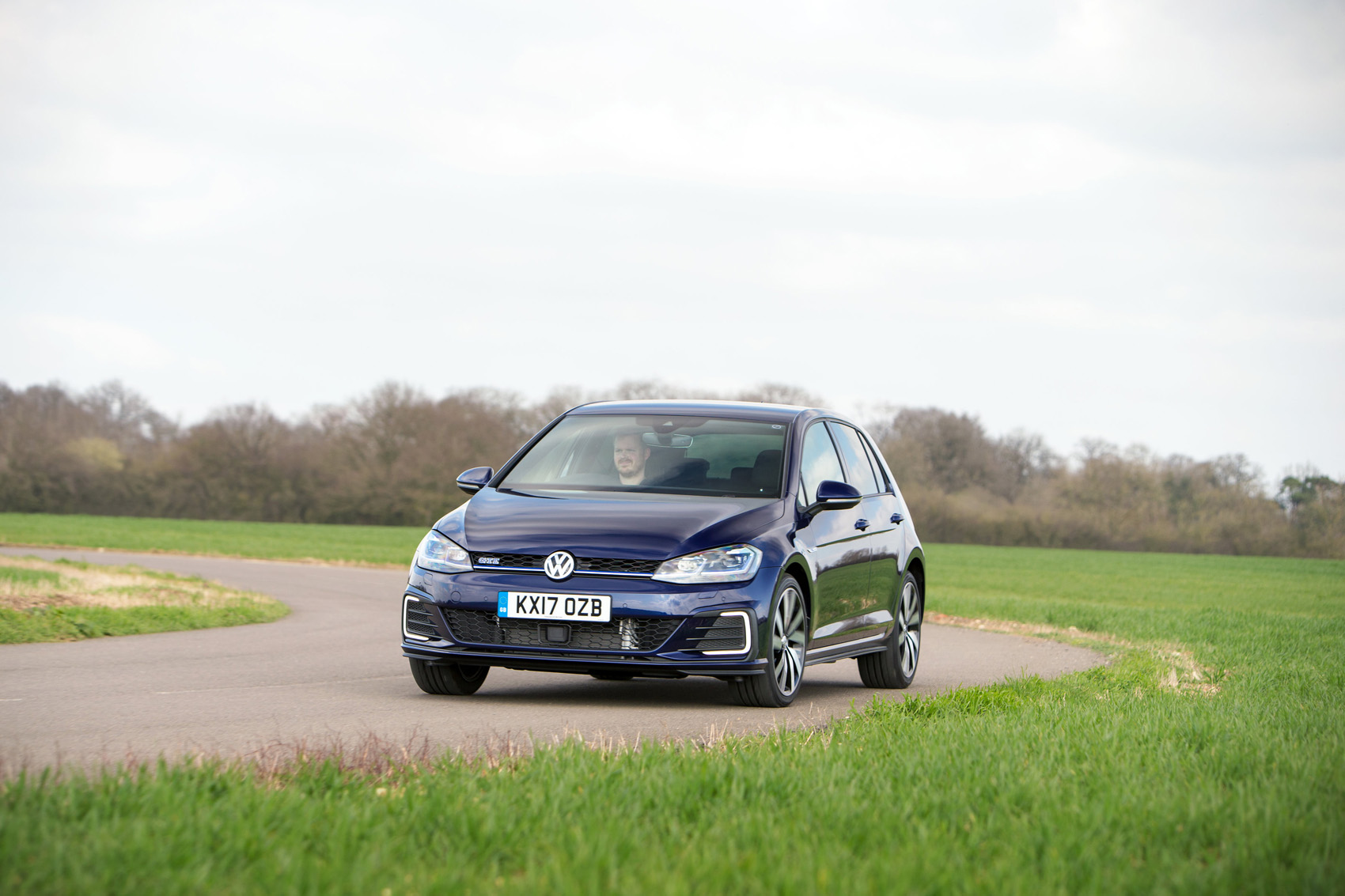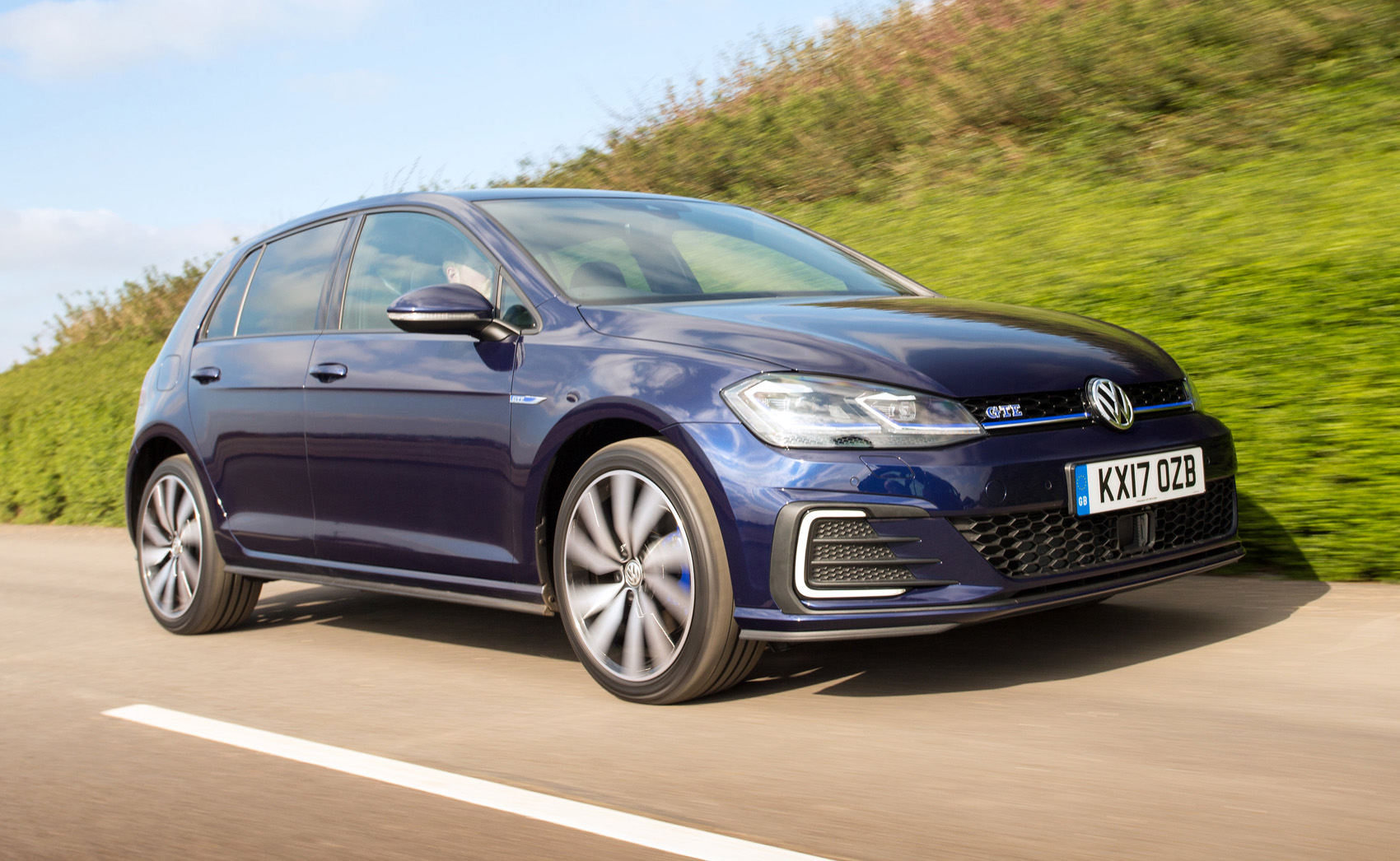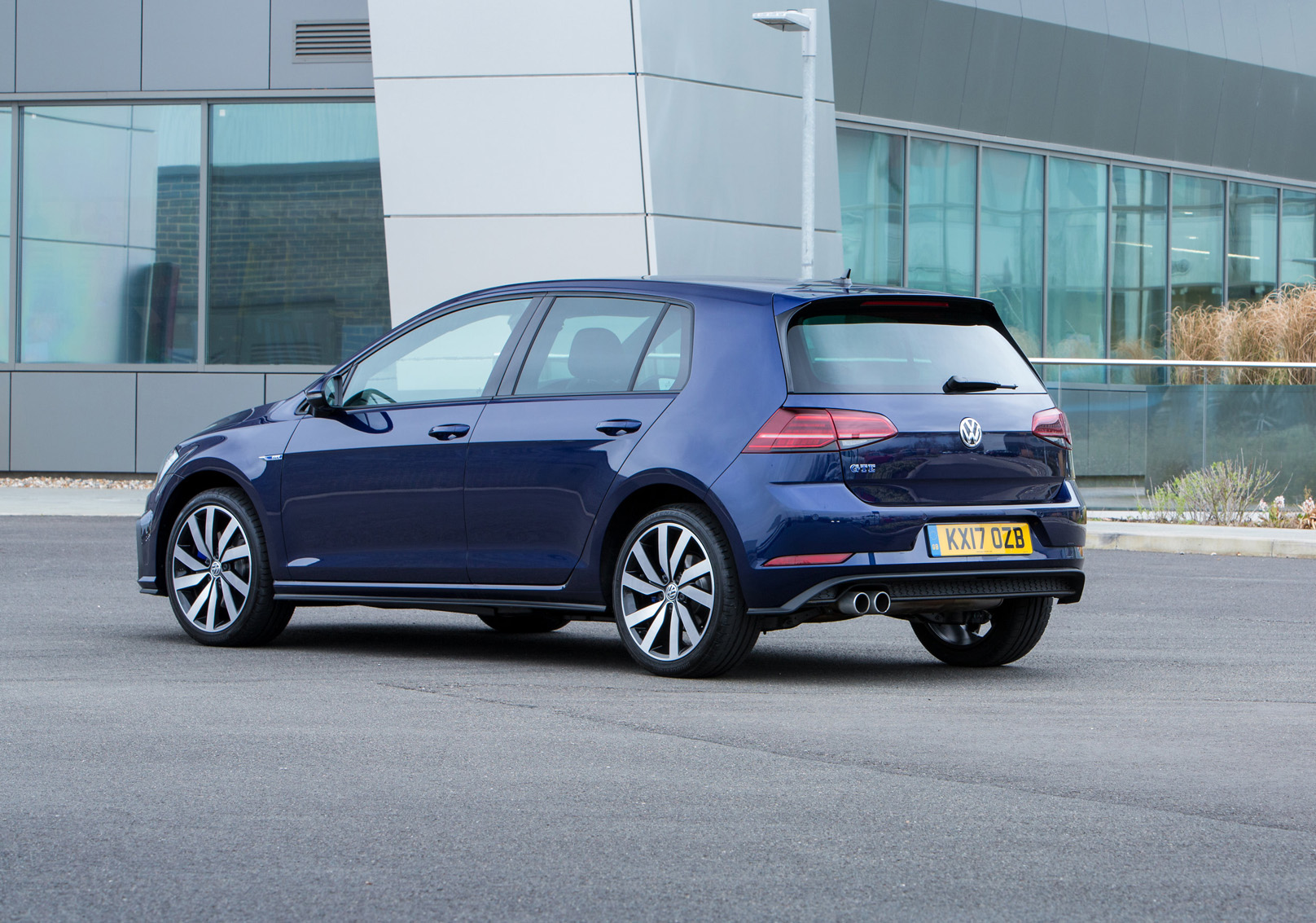We’ve already had Volkswagen the all-electric e-Golf pass through a full Autocar road test; now it’s the turn of the plug-in hybrid version, dubbed GTE.
Plainly, that ‘E’ is for electricity, but what Volkswagen means by the rest of the badge is ‘Gran Turismo’ – as it does for the GTI and Volkswagen diesel-powered Volkswagen GTD.
Positioning your hybrid as a sporty option is certainly not new, but it does burden the GTE with additional buyer expectation. Not only does the first hybrid Golf have to be studiously parsimonious, but it also has to go about its business with a degree of hot hatch verve.
That’s a tall order when you consider that the model’s sister car, the Audi A3 Sportback e-tron, failed to set the world alight when we tested it, but the Passat GTE certainly received a warmer reception although it has never been perceived as a sporty variant of the saloon.
However, there are reasons to be cheerful – not least that this is a Volkswagen Golf we’re talking about here, and the world’s biggest car maker is renowned for getting things right when it comes to its prodigal son.
The rewards for doing so are potentially seismic. With the demonisation of diesel likely to hit a higher gear in years to come as European emissions legislation takes greater account of nitrogen oxides and particulates, Europe’s buying public is likely to take a wider interest in hybrid technology than ever before.



